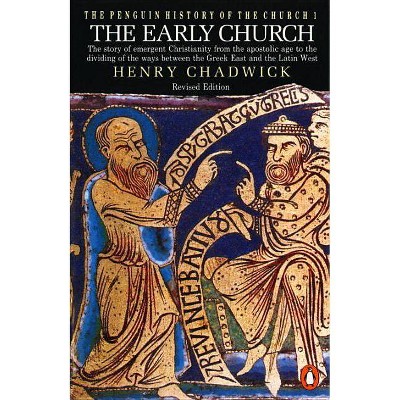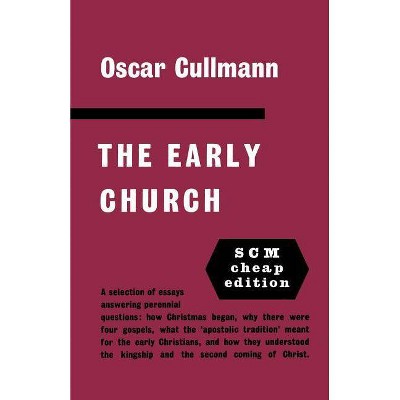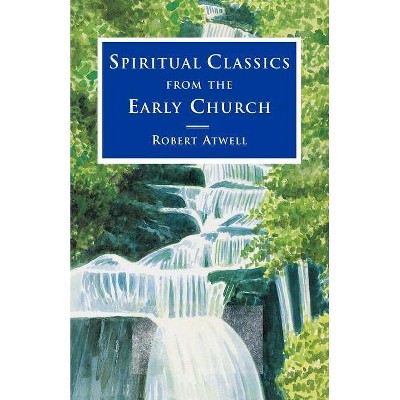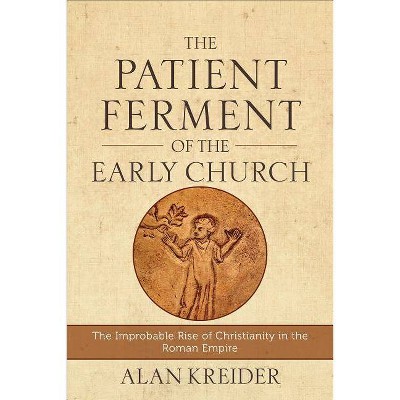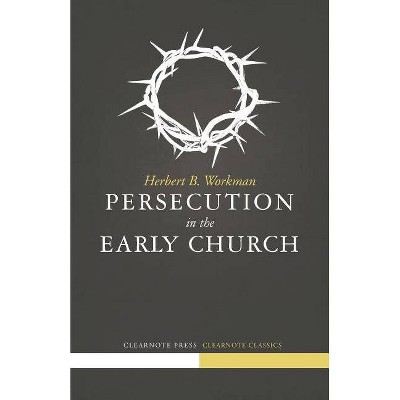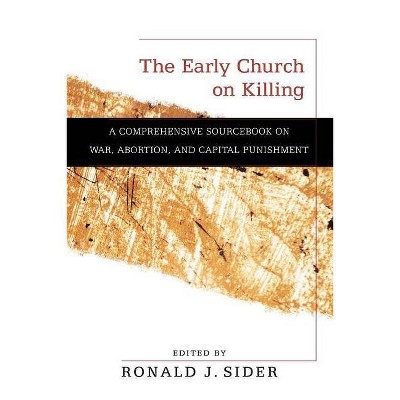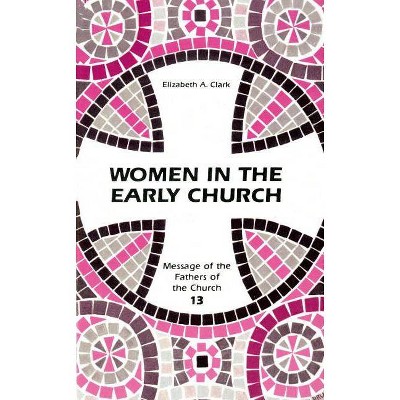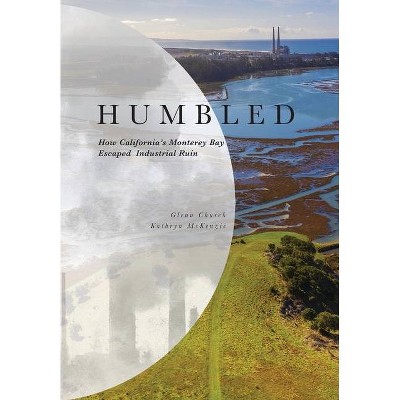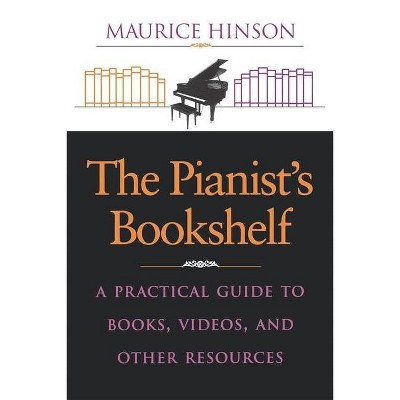The Early Church - by E Glenn Hinson (Paperback)
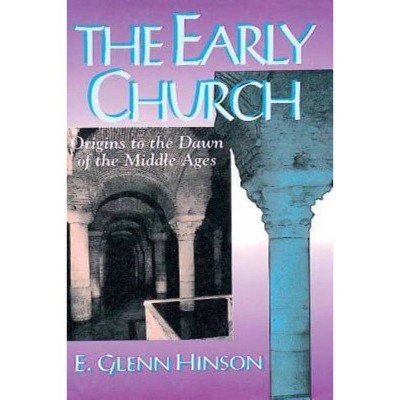
Similar Products
Products of same category from the store
AllProduct info
<p/><br></br><p><b> About the Book </b></p></br></br>An introduction to the history of the Christian church from its inception to approximately 600, The Early Church seeks to balance the traditional presentation of notables, councils, and controversies by telling the story of the ordinary Christian during this era. Includes stories of ordinary lay Christians, especially women, and what Christian faith meant within the overall context of their lives.<p/><br></br><p><b> Book Synopsis </b></p></br></br>An introduction to the history of the Christian church from its inception to approximately 600 C.E., this volume seeks to balance the traditional presentation of notable figures, councils, and controversies with the telling of the story of the ordinary Christian during this era. An important feature of this work is its attendance to the stories of ordinary lay Christians--particularly women--and what Christian faith meant within the overall context of their lives. Other emphases include the church's changing role in society during this period (and the fateful consequences those changes have had for modern Christians) and the development of early Christian spirituality. Employing a socio-institutional approach, Hinson divides his material into five major periods: (1) Beginnings to 70 C.E. (2) 70-180, during which Christianity broadcast itself throughout the Roman Empire and beyond (3) 175-313, wherein the church achieved new status and came under official scrutiny as a threat to the empire (4) 313-400, in which the church faced the major challenge of Christianizing the empire now embracing it (5) 400-600, when the Germanic invasions led to a rift between East and West and posed new challenges to the church's survival and growth.<p/><br></br><p><b> From the Back Cover </b></p></br></br>An introduction to the history of the Christian church from its inception to approx. 600 C.E., this volume seeks to balance the traditional presentation of notable figures, councils, and controversies with the telling of the story of the ordinary Christian during this era. Employing a socioinstitutional approach, Hinson divides his material into five major periods: 1. Beginnings to 70 C.E.; 2. 70-180, during which Christianity broadcast itself throughout the Roman Empire and beyond; 3. 175-313, wherein the church achieved new status and came under official scrutiny as a threat to the empire; 4. 313-400, in which the church faced the major challenge of christianizing the empire now embracing it; 5. 400-600, when the Germanic "invasions" led to a rift between East and West and posed new challenges to the church's survival and growth. An important feature of this work is its attendance to the stories of ordinary lay Christians, particularly women, and what Christian faith meant within the overall context of their lives. Other emphases include the church's changing role in society during this period (and the fateful consequences those changes have had for modern Christians) and the development of early Christian spirituality.
Price History
Price Archive shows prices from various stores, lets you see history and find the cheapest. There is no actual sale on the website. For all support, inquiry and suggestion messages communication@pricearchive.us

